Cystic fibrosis is the most common genetic disease among Caucasians. Now scientists believe they have discovered the origin of this often lethal genetic mutation and how it spread throughout Europe.
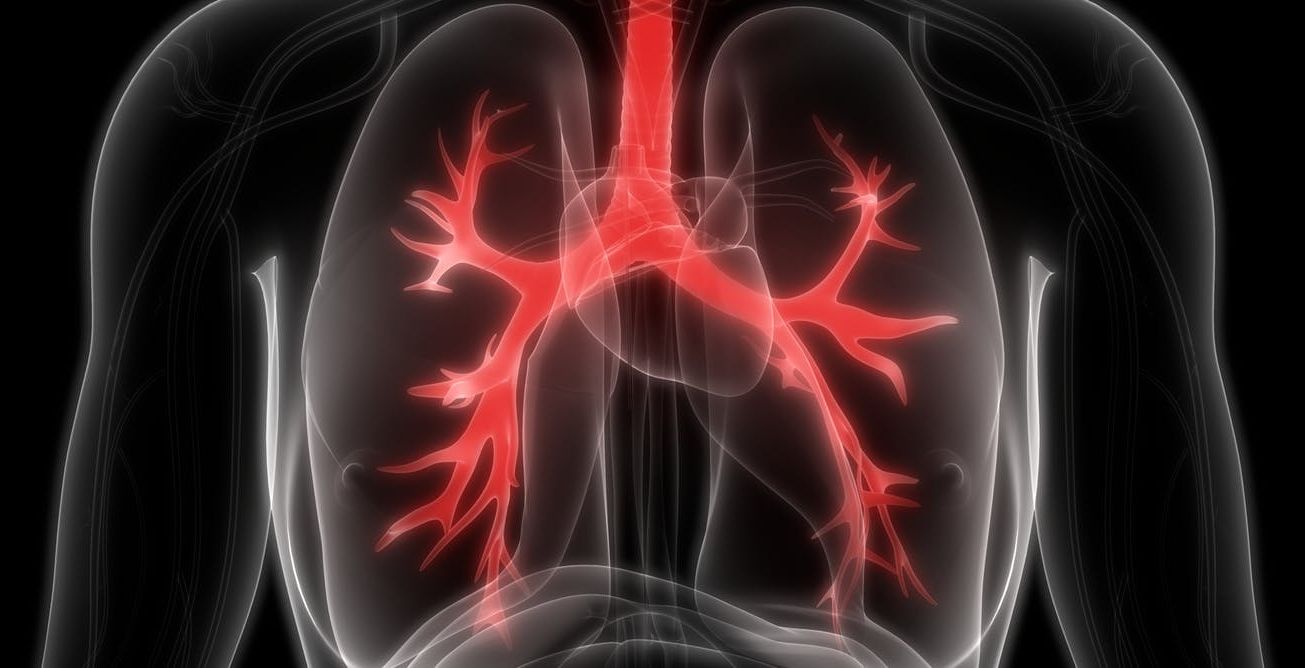

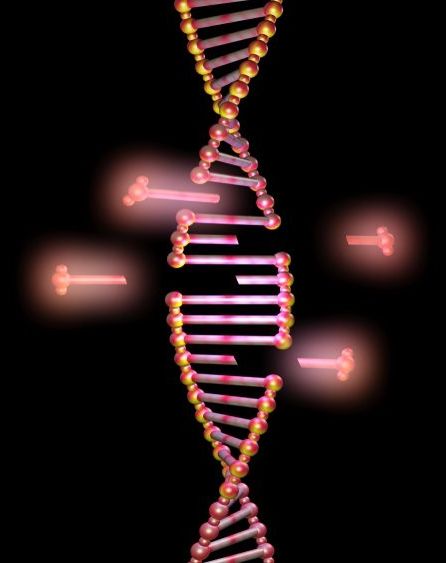
A new potential method to administer gene therapy without triggering an immune response.
Scientists at Stanford University School of Medicine managed to administer effective gene therapy in mice without triggering an autoimmune reaction. The research, led by Dr. Peggy Ho, Ph.D., was published in the Proceedings of the National Academy of Sciences [1].
Study abstract
In gene therapy for Duchenne muscular dystrophy there are two potential immunological obstacles. An individual with Duchenne muscular dystrophy has a genetic mutation in dystrophin, and therefore the wild-type protein is “foreign,” and thus potentially immunogenic. The adeno-associated virus serotype-6 (AAV6) vector for delivery of dystrophin is a viral-derived vector with its own inherent immunogenicity. We have developed a technology where an engineered plasmid DNA is delivered to reduce autoimmunity. We have taken this approach into humans, tolerizing to myelin proteins in multiple sclerosis and to proinsulin in type 1 diabetes. Here, we extend this technology to a model of gene therapy to reduce the immunogenicity of the AAV vector and of the wild-type protein product that is missing in the genetic disease.

The overarching goal of the talks, which open tomorrow at the United Nations in New York City, is crafting a new agreement to protect biodiversity in the high seas, which include two-thirds of the ocean. Much of discussions, which will run until 17 September, are expected to focus on long-standing proposals to establish protected zones where fishing and development would be limited or banned. But the negotiations also aim to replace today’s free-for-all scramble for marine genetic resources with a more orderly and perhaps fairer regime.
Nations open historic negotiations on marine biodiversity pact.
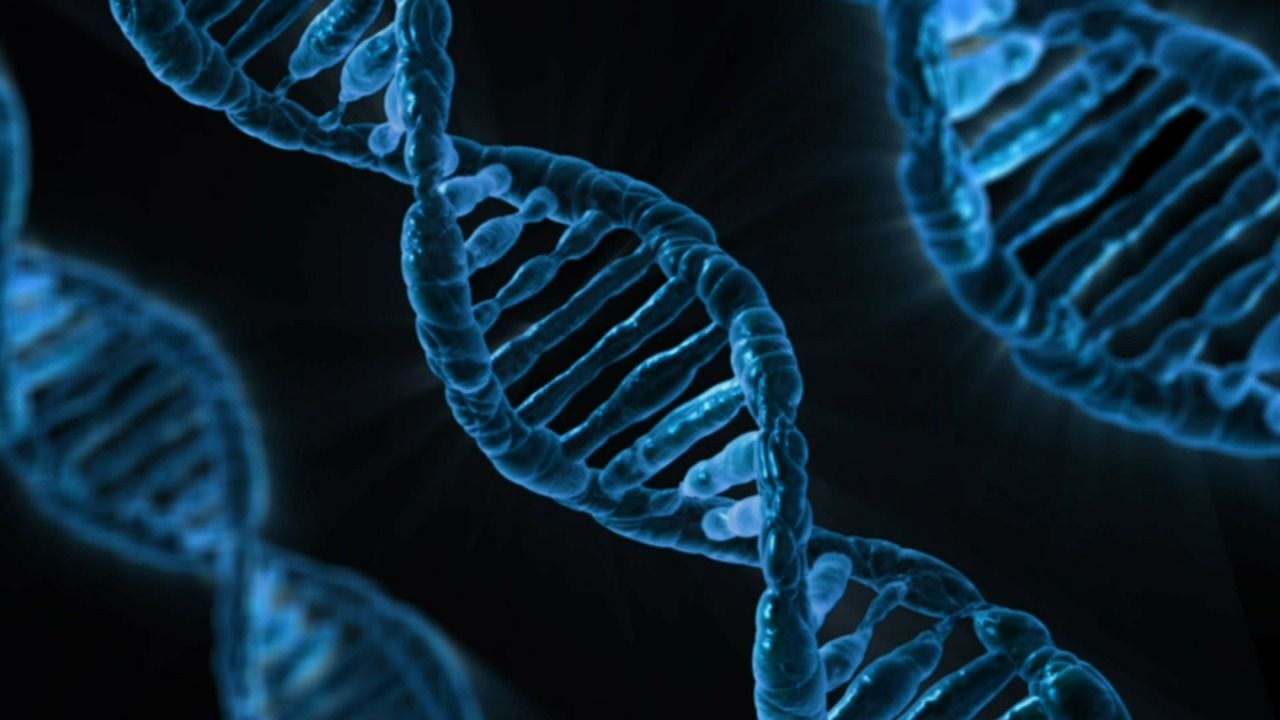
Principles of game theory offer new ways of understanding genetic behavior, a pair of researchers has concluded in a new analysis appearing in the Journal of the Royal Society Interface. Its work opens the possibility of comprehending biological processes, and specifically biochemistry, through a new scientific lens.
The exploration considers signaling game theory, which involves sender and receiver interactions with both seeking payoffs.
“The view of genes as players in a signaling game effectively animates genes and bestows simple utilities and strategies—thus, unique personalities—on them,” explains Bhubaneswar “Bud” Mishra, a professor at NYU’s Courant Institute of Mathematical Sciences, who co-authored the analysis with Steven Massey, an associate professor at the University of Puerto Rico. “In this view, the genome possesses characteristics of a molecular society, complete with deception, imitation, cooperation, and competition—not unlike human society. This adds a grandeur to a traditional view of life and the interactions it is made up of.”


It’s the year 2038. The word “flavor” has fallen into disuse. Sugar is the new cigarettes, and we have managed to replace salt with healthy plants. We live in a society in which we eat fruit grown using genetics. We drink synthetic wine, scramble eggs that do not come from chickens, grill meat that was not taken from animals, and roast fish that never saw the sea… Here’s a futurist outlook at the next two decades of food developments, from robot farmers to 3D-printed meals to AI monitoring of your daily calorie intake.
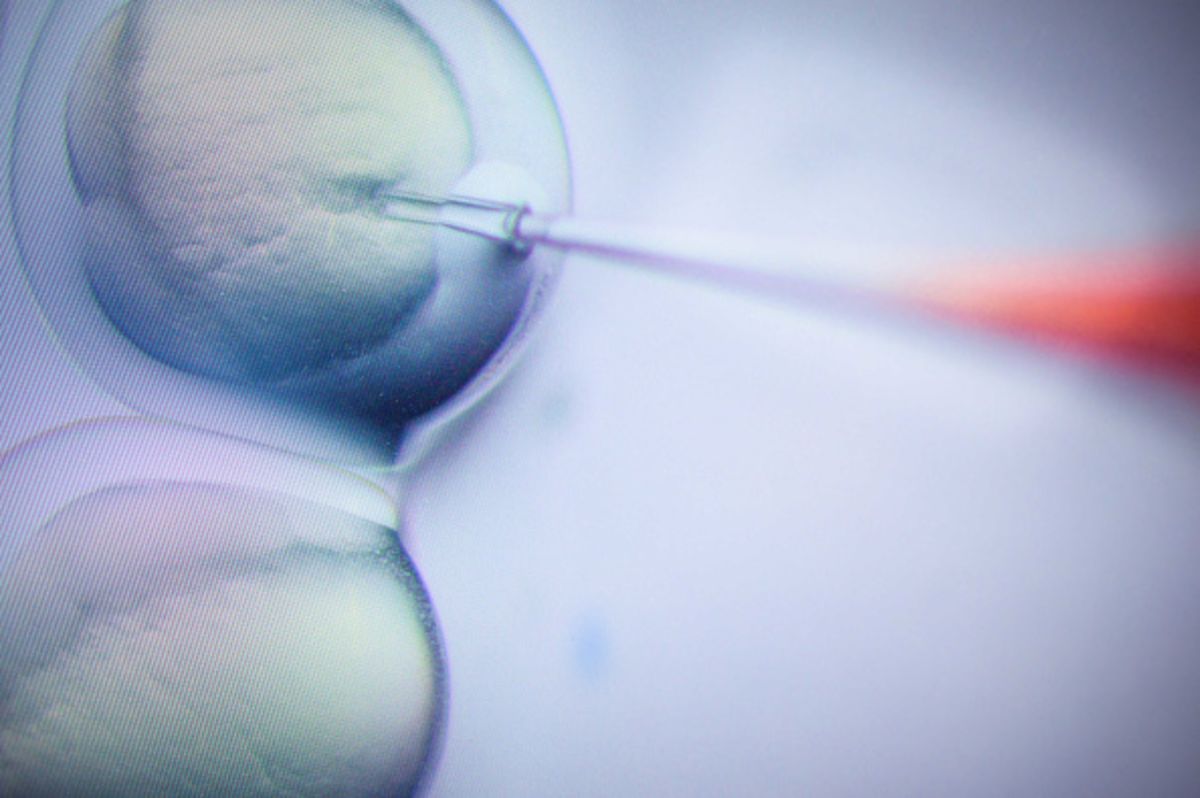
A far better approach, then, is the middle course. Rather than prejudge the products of biotechnology, regulators should screen new plants and single out those that might need special monitoring or restrictions. In the U.S., the Food and Drug Administration does something similar on a voluntary basis for foods made from plants with engineered proteins. Companies submit data about their new products, and if the FDA decides it has no further questions, they can claim their foods are “generally recognized as safe.”
Europe and the U.S. should avoid an all-or-nothing approach to regulating plants made with Crispr.

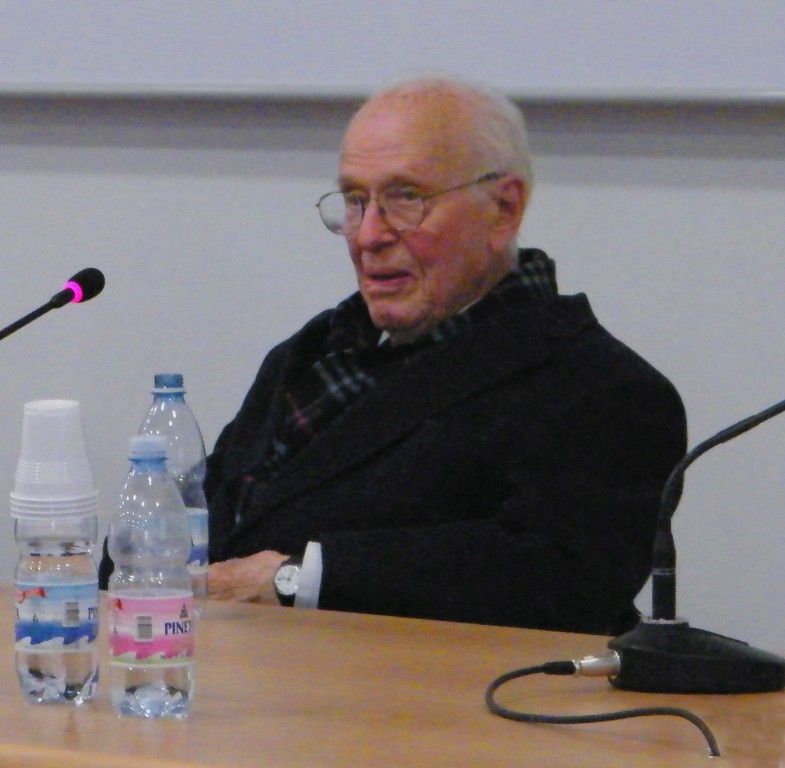
Luigi Luca Cavalli-Sforza, known simply as “Luca” to generations of human geneticists, died this week at age 96. More than any other human geneticist, Cavalli-Sforza believed in the potential of genes and culture together to trace humanity’s origins. In the course of his work, he pioneered new ideas and models that brought together these two distinct areas of science.
Like most scientists, many of his ideas would turn out to be wrong in the details. But his work helped form the foundation of our current knowledge of human genome variation across the world.
In 1991, Cavalli-Sforza wrote an essay for Scientific American that explained the course of his life’s work to that point. He recollected a time as a young man when he worked in the Cambridge laboratory of Ronald A. Fisher, one of the founders of modern evolutionary theory.
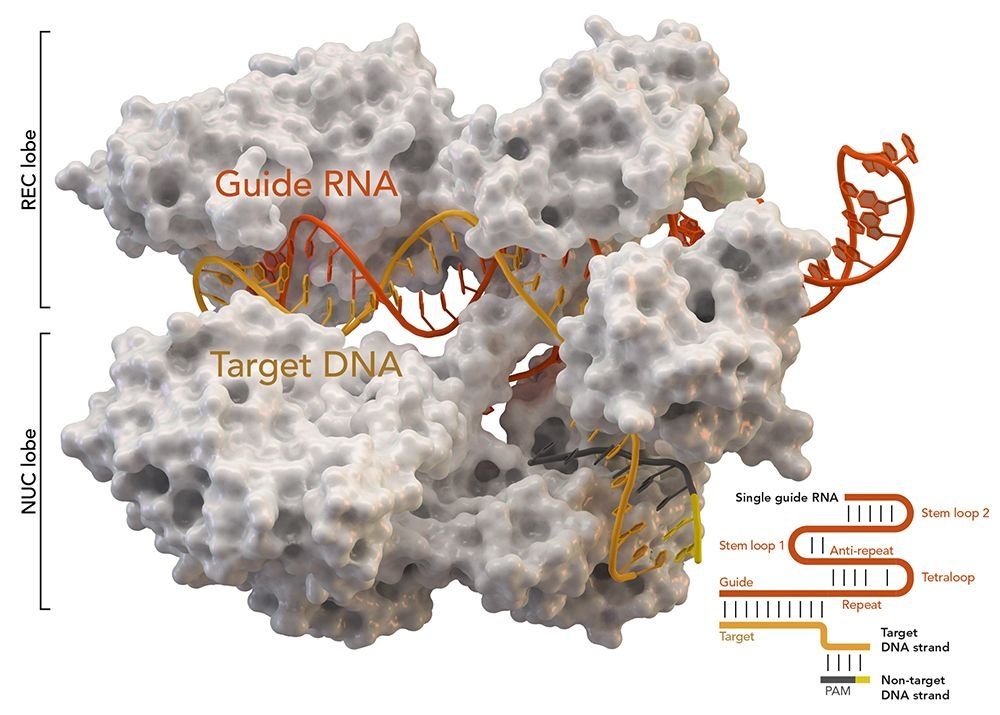
A team of researchers in China has used a form of the CRISPR gene editing technique to repair a genetic defect in a viable human embryo. In their paper published in the journal Molecular Therapy, the group describes their work and how well it worked.
Only three years ago, CRISPR was first used on a human embryo. In that work, a Chinese team attempted to use the technique to repair a genetic fault. Though the work made headlines around the world, it had a low success rate—just four out of 54 embryos that survived the technique carried the repaired genes. Since that time, a new variation of CRISPR has been developed—it is called base editing, and works in a more efficient way. Instead of snipping DNA strands and replacing removed bits with desired traits, the new method does nothing more than swap DNA letters—trading out an A for a G, for example. In this new effort, the researchers used this new method to correct a gene mutation that results in humans having a condition called Marfan syndrome, in which people have an A instead of a G in the FBN1 gene. It is a disorder that causes problems with connective tissue, leading to a myriad of problems for those born with it.
The new research is unique in that the scientists used viable embryos created using in vitro fertilization. The team could have implanted these viable gene-edited embryos into a woman’s uterus, had they chosen to do so.